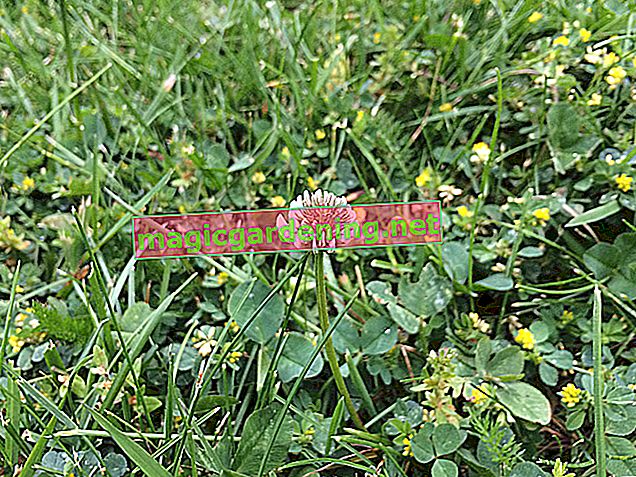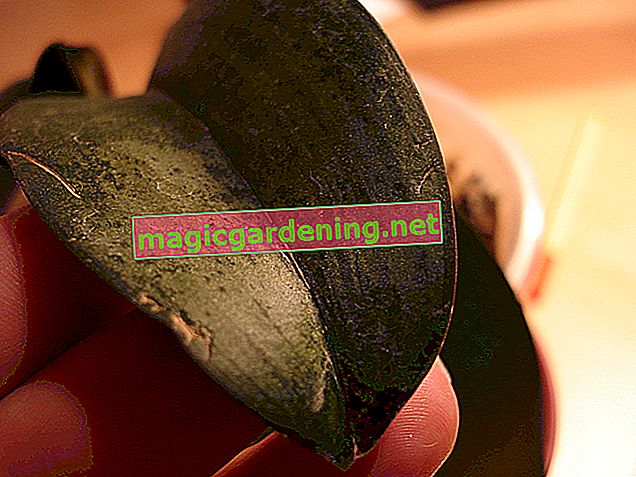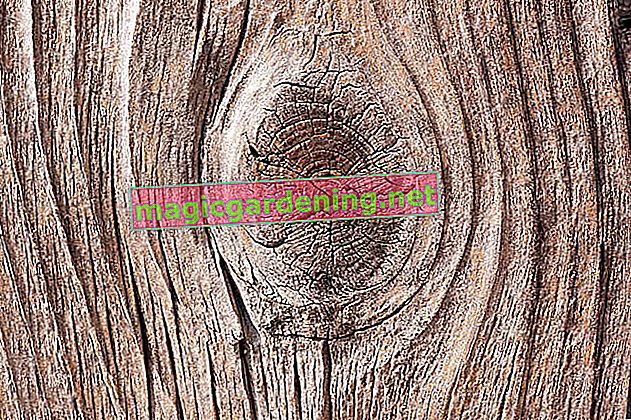
Maple blossom - subtle beauty in spring
If you are a nature-loving gardener looking for beauty in detail, you will find it in the maple tree. Fragrant flowers appear long before the autumnal color spectacle of the leaves begins. Their subtle appearance hides the fact that maple blossoms are one of the valuable sources of nectar and pollen in the garden. This is how the most popular types of maple bloom:
- Norway maple (Acer platanoides): in April with yellowish-green, terminal panicles in front of the leaves
- Sycamore maple (Acer pseudoplatanus): in April and May with yellow-green flower clusters, at the same time or after the leaves shoot
- Field maple (Acer campestre): in May with 10-20 flowered yellowish panicles simultaneously in the leaves
also read
- How does a cinnamon maple grow? - Information on growth
- How fast does a maple grow? - Overview of growth per year
- Maple profile - interesting facts about the maple genus
Maple species that immigrated to Europe create a more conspicuous flower dress. Fire maple (Acer ginnala) scores in May with white-yellow, 4 to 6 cm wide umbrella grapes that smell seductive. Asiatic maple (Acer palmatum) and its magnificent varieties inspire in May and June with 6-8 mm wide flowers in umbels. The contrasts between the cream-colored petals and the reddish sepals are nice to see.
Red and silver maples ring in the heyday
When native maple species are still in hibernation, the first yellowish-green to slightly reddish flowers sprout on the North American silver maple (Acer saccharinum). A short time later, the red maple (Acer rubrum) puts on its dark red flower garment. The flowers gather in dense clusters on the side of the branches, much to the delight of the first insects.
Tips
If the pretty, fragrant flowers of the sycamore maple (Acer pseudoplatanus) are pollinated and withered, it becomes dangerous for horses and donkeys. The winged fruits contain the deadly neurotoxin hypoglycine A. Scientists at the University of Utrecht have been able to prove that the dreaded willow myopathy can be traced back to the consumption of sycamore maple seeds.








